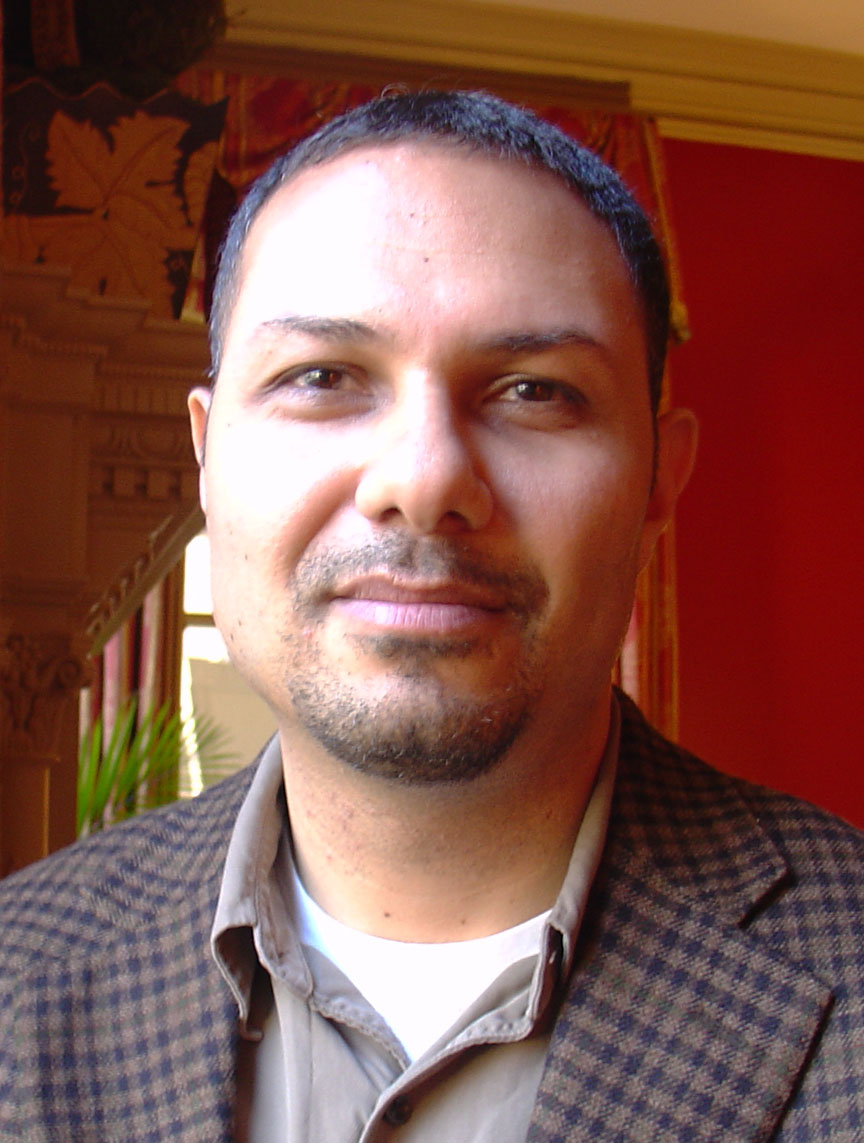PROVIDENCE, R.I. [Brown University] — Primates learn from feedback that surprises them, and in a recent investigation of how that happens, neurosurgeons have learned something new. The insight they gleaned from examining the response of specific brain tissues during a learning task may inform future rehabilitative therapies after stroke or traumatic brain injury.

“It’s been known for a long time that it’s unexpected events in particular that drive learning,” said Wael Asaad, assistant professor of neurosurgery in the Warren Alpert Medical School of Brown University, and the lead author of the study published Dec. 6, 2011 in the Journal of Neuroscience. “It’s when you encounter something that’s unexpectedly good or bad that you need to change your behavior either to keep doing the thing that’s good or avoid the thing that’s bad. There’s been a lot of debate over how these signals are represented [in the brain].”
Specifically, Asaad said the literature of the field has been contentious about if and how neurons in the lateral prefrontal cortex and its neighboring subcortical structures, such as the caudate nucleus, process the unexpected rewards and disappointments of trial-and-error learning.
Neurosurgeons such as Asaad, who joined Brown and Rhode Island Hospital last spring, and senior author Emad Eskandar of Massachusetts General Hospital, where they did the work, want to know these details because they may hold the key to accelerate re-learning in patients who’ve suffered brain damage. Rebuilding neural infrastructure would only be the first step.
“How do you restore the information that’s been lost, the things that you learned?” Asaad said. “What we’re interested in is whether you can augment these mechanisms of re-learning. If somebody is trying to make a certain movement and they occasionally are able to approximate a correct movement, if you could boost the reward signals at the right time, could you help them learn that particular movement more quickly?”
Surprised by similarities
Some scientists have posited that separate anatomical structures, or at least distinct circuits, process positive or negative feedback to direct future behavior, but there has been little proof, at least at the level of individual neurons. Asaad said he expected to find some of those hypothesized processing differences between the lateral prefrontal cortex and the subcortical caudate nucleus, which govern high-level planning, by probing hundreds of individual neurons in each structure in two macaque monkeys while they worked on trial-and-error learning tasks. Monkeys received juice for guessing right or none for being wrong.
Instead, he and Eskandar found the neurons in both structures acted very similarly for both positive and for negative feedback.
“We were looking for differences and we just didn’t detect any in the signals we were looking for,” said Asaad, who is affiliated with the Brown Institute for Brain Science.
They also found that the vast majority of neurons in the two structures displayed prediction errors, positive or negative. For instance when a monkey guessed right after guessing wrong, that was an unexpectedly positive result.
When a monkey guessed right twice in a row, that was an expectedly positive result.
“One could have imagined a case where the opposite of prediction errors were found, such as more activity for expected than for unexpected outcomes, or — more likely — no difference related to expectation, rather only differences that depended on the valence of the outcome regardless of expectation,” he said.
The study does not suggest that the entirety of the brain’s circuitry for processing positive or negative learning feedback overlaps completely. Asaad still suspects they are distinct at some finer circuit level, “but it may be too simplistic to assume that different brain structures must be specialized for only one or the other type of learning,” he said.
And for neurosurgeons and their future patients, knowing exactly how it works physically really matters.
The National Institutes of Health, the National Science Foundation, and the Howard Hughes Medical Institute supported the research.
